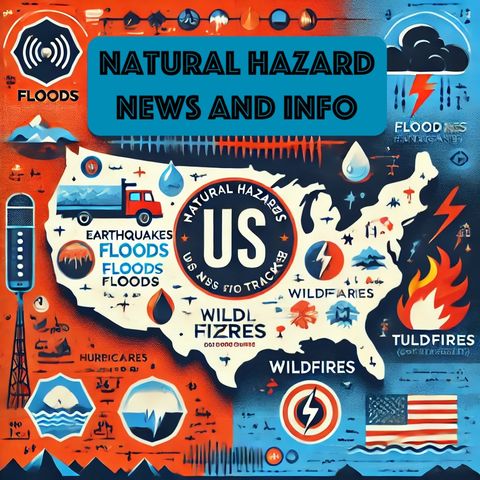Unveiling Kilauea's Volcanic Wonders: The Captivating History of Hawaii's East Rift Zone

Descarga y escucha en cualquier lugar
Descarga tus episodios favoritos y disfrútalos, ¡dondequiera que estés! Regístrate o inicia sesión ahora para acceder a la escucha sin conexión.
Unveiling Kilauea's Volcanic Wonders: The Captivating History of Hawaii's East Rift Zone
Esta transcripción es generada automáticamente. Ten en cuenta que no se garantiza una precisión absoluta.
Descripción
The East Rift Zone of Kilauea, located on the Big Island of Hawaii, has been a focal point for volcanic activity, serving as a testament to the dynamic nature of...
mostra másThe 1960s were particularly eventful for the East Rift Zone, witnessing 11 eruptions that highlighted the zone's active geological character. This period was a crucial chapter in Kilauea’s volcanic saga, attracting researchers keen on understanding the forces at play beneath the surface. These eruptions provided invaluable data that have allowed volcanologists to piece together a more comprehensive picture of Kīlauea’s volcanic plumbing system.
Maunaulu, an eruption that lasted from 1969 to 1974, stands as one of the prominent volcanic events during this era, serving as a defining illustration of the intricacies of rift zone dynamics. It contributed significantly to the East Rift Zone’s landscape, creating vast lava fields and reshaping the geography. The Maunaulu eruption is especially noted for the formation of lava shields and overflows that captured the imagination of both scientists and the public, becoming a benchmark for studying similar volcanic activity worldwide.
Equally significant is the lesser-publicized activity at sites like Nāpau Crater. Such eruptions, although not always as visually dramatic as Maunaulu or Pu‘u‘ō‘ō, are crucial in understanding Kilauea’s behavior and the risks it presents to surrounding communities. Each eruption adds layers of complexity to the understanding of magma pathways, geophysical signals leading up to eruptions, and the potential hazards associated with living in proximity to an active volcano.
The eruptions of the 1960s have also played a pivotal role in shaping volcanic monitoring techniques that are used today. The lessons learned from these eruptions informed the development of instruments and methodologies to predict volcanic activity, thereby enhancing public safety and mitigation strategies.
Looking forward, continuous monitoring of the East Rift Zone remains essential. Understanding the intricacies of previous volcanic behavior in this area allows for more accurate predictions of future events. The eruption at Nāpau Crater serves as a reminder of the enduring and unpredictable nature of volcanic activity, providing contemporary researchers with new opportunities to study Kīlauea’s inner workings.
In conclusion, the East Rift Zone of Kīlauea is a region of dynamic geological processes, marked by a series of eruptions that have significantly contributed to our understanding of volcanic systems. From the bustling activity of the 1960s to the recent eruption at Nāpau Crater, each event offers unique insights into the mechanisms driving volcanic eruptions and reinforces the need for vigilant monitoring to mitigate risks posed by living near one of nature’s most powerful forces.
Información
| Autor | QP-4 |
| Organización | William Corbin |
| Página web | - |
| Etiquetas |
Copyright 2024 - Spreaker Inc. an iHeartMedia Company
